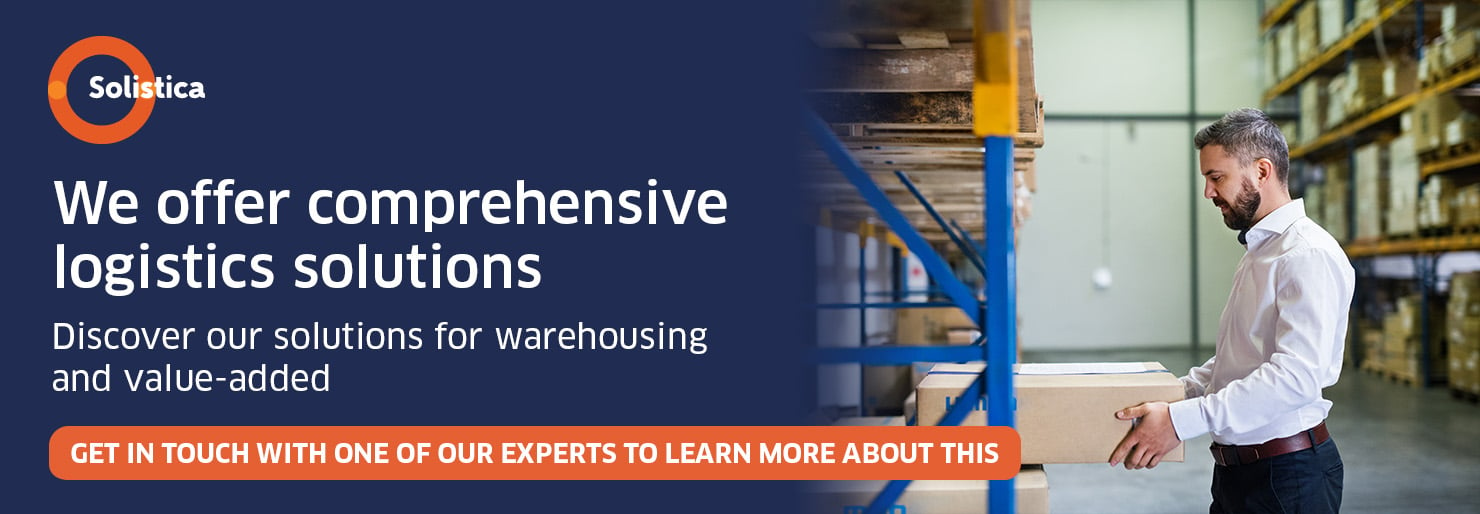The omnichannel world we live in has fostered the exponential growth of e-commerce and has forced companies to find special logistics solutions to help meet the expectations of on-line customers, looking to give them what they need at any moment and place.
According to Forbes, in 2017 alone, on-line retail sales reached 2.3 billion dollars worldwide and a growth of 17.5% by 2021 has been forecasted. Even when the most appealing countries for e-commerce are the United States, China, England, Japan, and Germany, Mexico is seen as the third country in Latin America with the biggest potential after Brazil and Argentina; therefore, regional and international corporations are increasingly interested in optimizing their logistics as part of the purchasing experience offered to customers, and because it will contribute to brand loyalty and sales increase.
Most on-line purchasing decisions and brand loyalty are ruled by issues directly affecting e-commerce’s complex supply chain, for example:
Price: depends greatly on the product’s transport process. Shipping costs sometimes are a big enough factor for clients no to finalize their purchases and instead search for a similar product with competitors. A good alternative that on-line platforms have been adopting, is to deliver products to buyers at brick-and-mortar stores (click and collect). This works in favor of both companies and clients by helping the latter save on shipping costs.
Shipping time: makes e-commerce’s supply chain more demanding and time sensitive than that of traditional commerce. Meeting delivery dates is a decisive factor of service and may help or harm the reputation of companies.
Refund and return policy: it is essential that we contemplate the possibility that clients will return products if they do not meet expectations; it is equally important to give clients the chance to exchange products or ask for a refund. Companies all over the world are already offering their brick-and-mortars as contact points to return or exchange products and to help them save time and money on courier services.
Safety: the fear of electronic fraud may hamper sales. To raise trust among clients, companies must have excellent technical support and platforms to give clients traceability at all moments.
Infrastructure: the safety of products is also important both for clients and for the companies. Having warehouses improves the speed and response capacities of companies dramatically, most of all for those who do not have brick-and-mortar stores to protect their stock.
Logistics: is what will definitively have the largest impact on client experience in terms of deliveries, exchanges, returns, and safety. E-logistics includes these elements:
- Software: implementing information systems capable of integrating data on products and stocks, and optimizing processes to ensure correct, fast, and efficient outfitting, exchange, and return.
- Storage: includes picking, pick up, packing, dunning, labeling, treating, and monitoring in-transit stock as well as other delivery systems, always keeping in mind the special features of each product.
- Distribution: consists of giving clients the chance to track and find their purchases along the routes, from distribution centers to places of delivery.
Every day, more and more companies choose to stop investing in these three aspects that are not part of their core businesses and decide to outsource them to the expert hands of logistics companies to increase profitability.
Having a logistics partner improves service levels, shows considerable decrease in safety risks, and opens new markets thanks to a wide network of operators. It also helps businesses through services such as control of suppliers, picking, product exchange and return management, storage and distribution, transport, consulting on foreign trade, customs laws, and other issues.
Learn more about the logistics process triggered by an on-line purchase.
